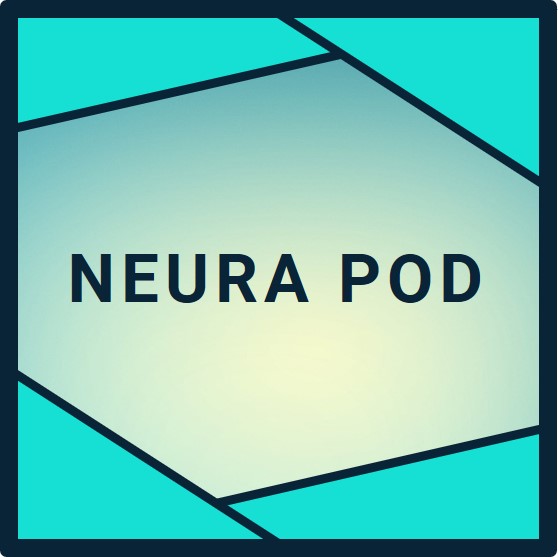- Neuralink writes to the brain through electrical stimulation of neurons via its N1 implant electrodes, enabling sensory perceptions like vision in Blindsight trials.
- Stimulation speeds reach thousands of pulses per second per electrode, producing visual phosphenes at rates supporting 10 to 100 bits per second initially for low-resolution output.
- Feasibility proves high with successful monkey trials and FDA Breakthrough Designation, positioning human Blindsight implants for 2026 under Elon Musk's direction.
Neuralink's Dual Read-Write Brain Implant Design
Neuralink's N1 brain implant features 1,024 electrodes on 64 flexible threads, each capable of both recording neural activity and delivering precise electrical pulses to stimulate neurons. Current PRIME Study participants across the US, Canada, UK, and UAE use the read function for thought-based computer control, achieving typing speeds over 100 words per minute. The write capability activates targeted brain regions, generating sensations by mimicking natural neural firing patterns.
This bidirectional design sets Neuralink apart from earlier brain-computer interfaces limited to input only. Electrodes pulse biphasic currents, typically 1 to 10 microamperes at frequencies up to 10 kilohertz, ensuring safe, efficient stimulation without tissue damage. Elon Musk's engineering focus delivers a fully wireless system, with power under 10 milliwatts to limit heat rise below 1 degree Celsius. Over 15,000 hours in 14 patients confirm hardware reliability, paving the way for output applications.
Blindsight: Direct Visual Stimulation Breakthrough
Blindsight represents Neuralink's flagship write-to-brain application, targeting the visual cortex to restore sight for those blind from birth or optic nerve damage. The implant bypasses eyes entirely, converting camera feeds into electrical patterns that produce phosphenes, or spots of light, in the brain. Monkey trials show animals navigating mazes using implant-generated vision, perceiving shapes and motion.
FDA granted Breakthrough Device Designation in September 2024, accelerating human trials. Elon Musk announced partial vision restoration possible by late 2026, starting with low-resolution grayscale images equivalent to early 2000s mobile phones. Scaling electrode counts to 3,000 by 2026 and 10,000 by 2027 enables color, higher contrast, and resolutions surpassing human eyes, including infrared or ultraviolet detection. Initial human implants target late 2025 at sites like Barrow Neurological Institute.
Stimulation Speed Metrics in Practice
Neuralink achieves output speeds through parallel electrode activation. Each electrode stimulates independently at 1 to 20 kilohertz, aggregating to millions of pulses per second across the array. Perceptually, this yields 10 to 100 bits per second for vision, rendering 1,000 to 10,000 phosphenes simultaneously for basic object recognition at 10 to 30 frames per second.
For haptic feedback in CONVOY robotic arm trials, stimulation pulses convey touch pressure and texture at 100 to 500 hertz, matching skin receptor rates. Latency from external sensor to brain perception measures under 50 milliseconds, faster than natural reflexes. Software optimizes pulse trains using AI trained on PRIME read data, adapting to individual cortex maps. Elon Musk's iterative updates, like those resolving thread retraction, boost effective bandwidth twofold monthly.
Feasibility Anchored in Proven Technology
Feasibility draws from decades of cortical stimulation research, amplified by Neuralink's scale. Animal studies confirm long-term stability, with no gliosis or signal loss over years. Human safety aligns with PRIME's zero serious adverse events, extending to output via charge-balanced pulses preventing electrode fouling.
Challenges like precise neuron targeting resolve through R1 robot insertion accuracy under 10 microns. Power efficiency supports all-day use, with inductive charging. Regulatory momentum, including UAE and UK approvals, supports global rollout. Elon Musk's $650 million Series E funding in 2025 fuels production for 20,000 annual implants by 2031. Patient registry data from 10,000 members refines protocols, ensuring broad applicability.
Elon Musk's Vision for Comprehensive Brain Output
Elon Musk outlines expansions beyond vision to full sensory restoration: touch via somatosensory cortex for prosthetic limbs, speech decoding with auditory feedback, and memory enhancement through hippocampal stimulation. Consumer devices by 2030 enable "telepathy," sharing thoughts or instant skill downloads.
Dual implants in 2026 double channels for simultaneous read-write, enabling closed-loop systems where brain output refines input in real time. Integration with xAI models decodes complex scenes into neural code, supporting superhuman senses like 360-degree vision. Elon Musk positions this as human-AI symbiosis, addressing unmet needs for 250 million paralysis patients while augmenting healthy users.
TL;DR
Neuralink writes to the brain via precise electrode stimulation, proven in Blindsight monkey trials delivering visual perceptions at speeds supporting real-time navigation. With thousands of pulses per second scaling to HD vision by 2027, feasibility shines through FDA fast-tracking and zero-adverse-event PRIME data. Elon Musk drives 2026 human implants across vision, touch, and beyond, restoring senses for millions while unlocking augmented capabilities. This bidirectional leap positions Neuralink to redefine human experience, one neural pulse at a time.

